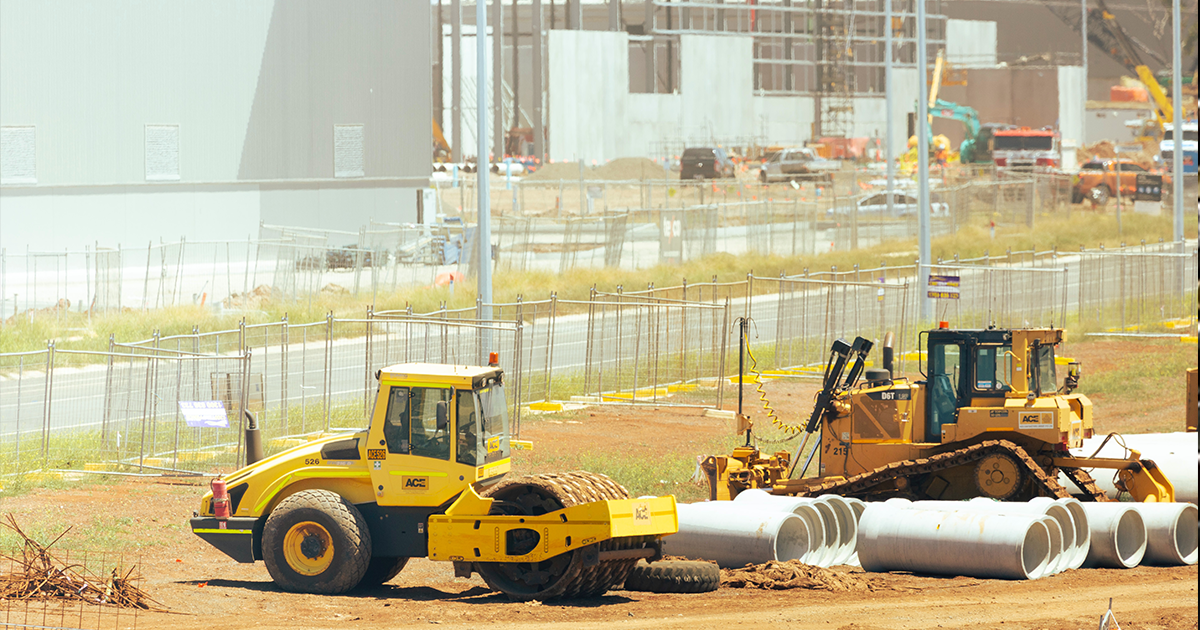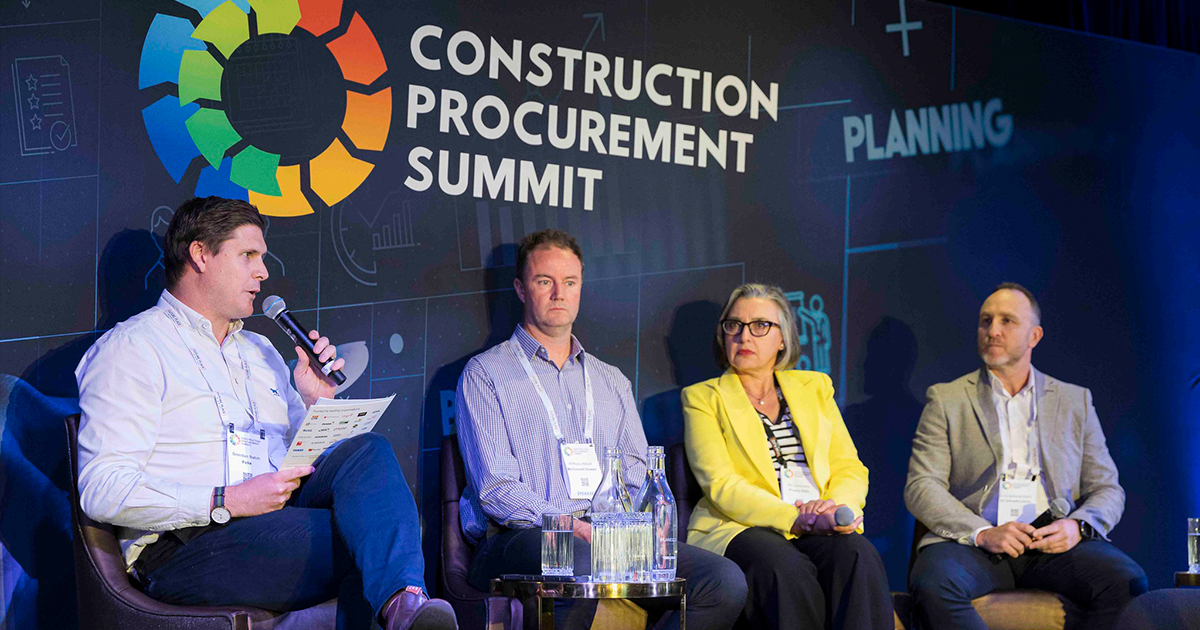The cost of ineffective handovers between pre-contracts & project delivery

In the construction industry, procurement is undoubtedly one of the most commonly duplicated tasks between pre-contracts, commercial and project delivery teams. The reality is that companies of all sizes and disciplines do not facilitate simple collaboration between the different business units. Critical supplier information gets lost in emails, spreadsheets, folders, and meetings, making it difficult to share. The end result? Wasted resources and a significant cost to the company.
The reason is simple - each business unit has a different focus which drives decision making.
For example, take an estimator. Their goal is to win work for their company. Once they're awarded a contract, the actual construction component becomes someone else's problem. So while estimators gain valuable insight into the challenges specific to each project during the tendering process, this information is often not shared and forces the project delivery team to start from scratch.
Sound familiar? We've met with many estimating teams who refer to a vendor database that is not only completely different to the project staff, but even their fellow estimating teams at the same company.
If we turn to a project manager, their focus is to turn a profit for the company. Using knowledge and experience, the project delivery team is driven to minimise costs without exposing themselves to unnecessary risk. However, too often the cheapest vendor is chosen on price alone (what about fitness for purpose? track record? locality?). Project teams continue to learn this the hard way when a supplier or subcontractors' performance is a detriment to the success of the project.
Again, this critical information is often not filtered back to the appropriate business units to take into consideration when building the next bid or letting the next contract.
These trends have real bottom-line consequences for organisations. In our experience, we've seen the lack of transparency and collaboration causes a whole range of administrative and operational risks across commercial and HSEQ teams.
Imagine the benefits from knowing a subcontractors full performance history with your organisation before engaging them on your project? Or when forming your next bid, learning that a supplier had previously caused overspend by not billing the agreed rates under the conditions of the contract?
In 2017 and beyond, centralised vendor databases will remain an increasingly important feature to improve your bottom line.
This opportunity can be realised by strengthening current procurement processes with a robust Source-to-Contract platform. In fact, Deloitte have recently reported that "companies that fully harvest the benefits of sourcing through compliance mechanisms and procurement systems can expect cost savings that range between 2 and 5%."
With construction firms spending millions per year, saving 5% through improved processes quickly becomes significant to the bottom line.
We'd love to know your thoughts on what makes handovers between teams more efficient, just share in the comments below!
If you'd like to learn more about solving procurement and vendor management problems, get in touch with the Felix team here.

Related Articles

Optimising procurement in project-centric industries: the project-led centrally enabled approach
Project-centric industries such as construction, mining, utilities, resources and defence have different procurement needs to industries that operate in a single location. Although procurement activities are project specific, reporting and ESG requirements are organisation-wide, which requires a different approach to procurement management.

Driving social procurement: Key insights from our recent webinar
Recently, I had the pleasure of hosting a webinar titled "Driving social procurement: Practical insights and applications" with guest speaker Lea Schöpping from Procurement Co. This webinar was designed to equip procurement professionals, sustainability leads, supply chain managers, and anyone looking to integrate social responsibility into their business strategy with the knowledge and tools to drive social procurement within their organisations.
The session provided benchmarking insights on current social procurement practices used by both private and government organisations, walked through different project phases and key deliverables of a successful social procurement project, and offered actionable takeaways including the benefits of implementing a social procurement guideline and toolkit.

Construction Procurement Summit 2024: Key takeaways from panel discussion
The Construction Procurement Summit took place in Sydney last month, where I had the pleasure of facilitating a panel with some industry movers and shakers around the topic Exploring the macro trends driving new opportunities across construction supply chains.
We all know the sector is experiencing some strong headwinds with intensifying operating environments, increased costs, labour and skill shortages, more compliance and ultimately reporting, resulting in supply chains are getting more complex.
The session dug deeper into these themes, demystifying some of these challenges and how they can be navigated to realise significant opportunities ahead.
Let's stay in touch
Get the monthly dose of supply chain, procurement and technology insights with the Felix newsletter.



